Digital Camera What Is It?
In today's fast-paced digital age, capturing moments has become an integral part of our lives. Whether it's a family gathering, a breathtaking landscape, or a candid moment with friends, the ability to preserve these memories is invaluable. This is where digital cameras come into play. But what exactly is a digital camera, and how does it differ from traditional film cameras? In this article, we will delve into the world of digital cameras, exploring their features, benefits, and practical applications.
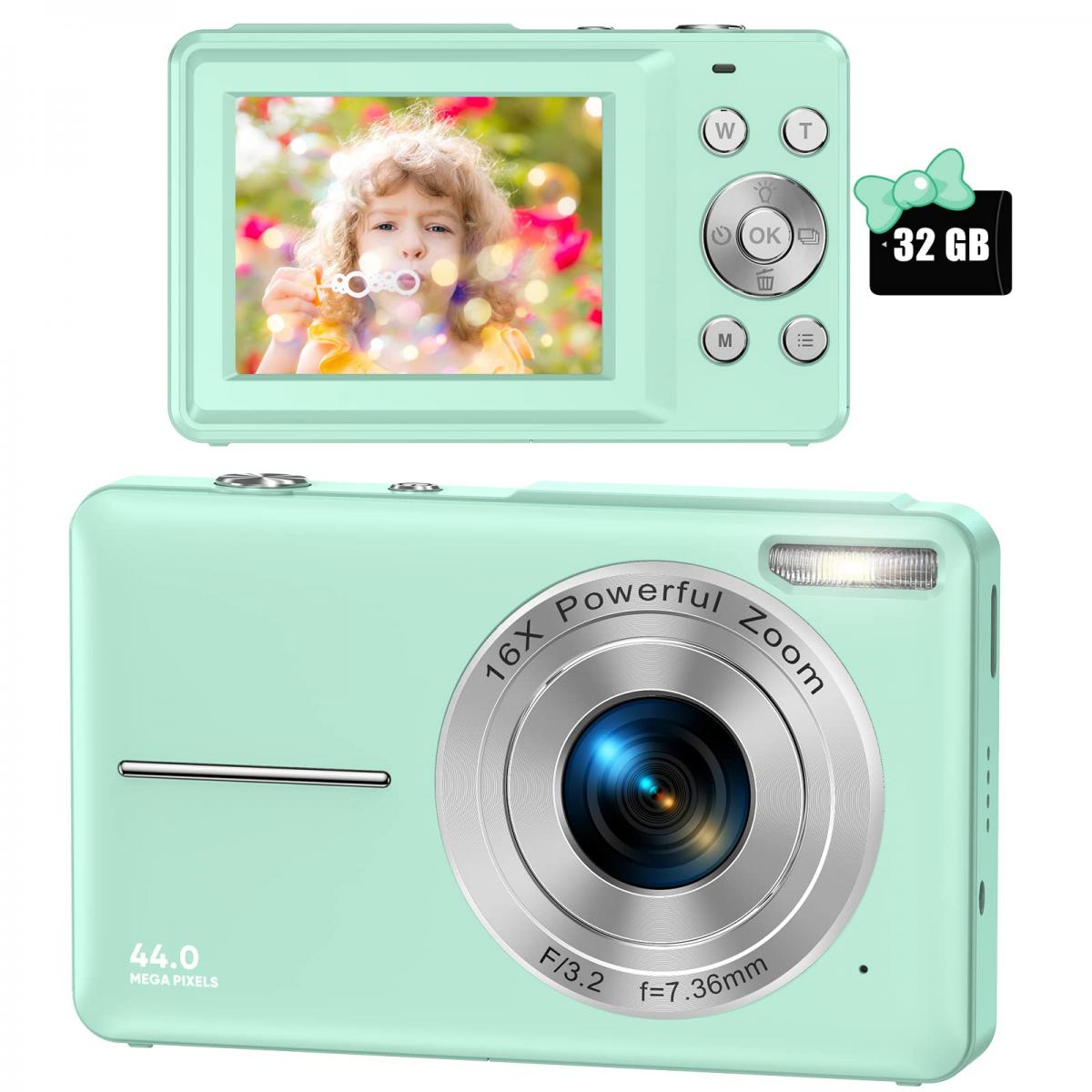
Understanding Digital Cameras
A digital camera is an electronic device that captures and stores photographs in digital format. Unlike traditional film cameras that use photographic film to capture images, digital cameras use electronic sensors to convert light into digital data. This data is then stored on a memory card or other digital storage medium, allowing for easy transfer, editing, and sharing of images.
Key Components of a Digital Camera
To understand how a digital camera works, it's essential to familiarize yourself with its key components:
1. Lens: The lens is responsible for focusing light onto the camera's sensor. Digital cameras come with various types of lenses, including fixed, zoom, and interchangeable lenses, each offering different levels of flexibility and image quality.
2. Image Sensor: The image sensor is the heart of a digital camera. It captures light and converts it into electrical signals. There are two main types of image sensors: CCD (Charge-Coupled Device) and CMOS (Complementary Metal-Oxide-Semiconductor). Each has its advantages and disadvantages, but CMOS sensors are more commonly used in modern digital cameras due to their lower power consumption and faster processing speeds.
3. Viewfinder and LCD Screen: The viewfinder allows you to compose your shot, while the LCD screen provides a live preview of the scene. Some digital cameras also feature electronic viewfinders (EVFs), which offer a digital display of the image.
4. Memory Card: Digital cameras store images on memory cards, such as SD (Secure Digital), CF (CompactFlash), or microSD cards. The capacity and speed of the memory card can affect the number of photos you can take and the speed at which they are saved.
5. Battery: Digital cameras are powered by rechargeable batteries. Battery life can vary depending on the camera model and usage, so it's essential to have spare batteries for extended shooting sessions.
Advantages of Digital Cameras
Digital cameras offer several advantages over traditional film cameras, making them the preferred choice for most photographers today:
1. Instant Gratification: One of the most significant benefits of digital cameras is the ability to see your photos immediately after taking them. This instant feedback allows you to make adjustments and retake shots if necessary, ensuring you capture the perfect image.
2. Cost-Effective: While the initial investment in a digital camera may be higher, the long-term costs are lower. You don't need to buy film or pay for developing and printing photos. Additionally, you can store thousands of images on a single memory card, reducing the need for physical storage space.
3. Editing and Sharing: Digital photos can be easily edited using software like Adobe Photoshop or Lightroom. You can adjust exposure, color balance, and other parameters to enhance your images. Sharing digital photos is also a breeze, with options to upload them to social media, email them, or print them at home.
4. Versatility: Digital cameras come in various shapes and sizes, from compact point-and-shoot models to professional DSLRs and mirrorless cameras. This versatility allows you to choose a camera that suits your needs and preferences, whether you're a casual photographer or a seasoned professional.
Types of Digital Cameras
Digital cameras can be broadly categorized into several types, each catering to different user needs and preferences:
1. Compact Cameras: Also known as point-and-shoot cameras, compact cameras are small, lightweight, and easy to use. They are ideal for casual photographers who want a simple, portable camera for everyday use. While they may lack some advanced features, modern compact cameras can still produce high-quality images.
2. Bridge Cameras: Bridge cameras, also known as superzoom cameras, bridge the gap between compact cameras and DSLRs. They offer more advanced features and greater zoom capabilities than compact cameras, making them suitable for enthusiasts who want more control over their photography.
3. DSLR Cameras: Digital Single-Lens Reflex (DSLR) cameras are popular among professional photographers and serious enthusiasts. They offer interchangeable lenses, advanced manual controls, and superior image quality. DSLRs use a mirror mechanism to reflect light from the lens to the viewfinder, providing an optical view of the scene.
4. Mirrorless Cameras: Mirrorless cameras are similar to DSLRs but lack the mirror mechanism. This makes them more compact and lightweight while still offering interchangeable lenses and advanced features. Mirrorless cameras use electronic viewfinders or LCD screens for composing shots.
5. Action Cameras: Action cameras, such as the GoPro, are designed for capturing high-quality video and photos in extreme conditions. They are compact, rugged, and often waterproof, making them ideal for sports and adventure photography.
6. Smartphone Cameras: While not traditional digital cameras, smartphone cameras have become increasingly sophisticated, offering high-resolution sensors, advanced image processing, and multiple lenses. For many people, their smartphone is their primary camera due to its convenience and versatility.
Practical Applications of Digital Cameras
Digital cameras have a wide range of practical applications, from personal use to professional photography:
1. Personal Use: For most people, digital cameras are used to capture everyday moments, such as family gatherings, vacations, and special events. The ability to instantly review and share photos makes digital cameras a popular choice for personal use.
2. Professional Photography: Professional photographers use digital cameras for various genres, including portrait, landscape, wildlife, and commercial photography. The advanced features and high image quality of professional-grade digital cameras allow photographers to produce stunning images for clients and publications.
3. Videography: Many digital cameras, especially DSLRs and mirrorless models, offer high-quality video recording capabilities. This makes them suitable for videographers and filmmakers who need a versatile camera for both stills and video.
4. Scientific and Medical Imaging: Digital cameras are used in scientific research and medical imaging to capture detailed images for analysis and documentation. For example, digital microscopes use cameras to capture images of microscopic specimens, while medical imaging devices use digital sensors to produce high-resolution images of the human body.
5. Security and Surveillance: Digital cameras are widely used in security and surveillance systems to monitor and record activity in homes, businesses, and public spaces. The ability to store and review digital footage makes them an essential tool for security purposes.
Digital cameras have revolutionized the way we capture and share images. With their advanced features, versatility, and ease of use, they have become an indispensable tool for photographers of all levels. Whether you're a casual user looking to document everyday moments or a professional seeking the highest image quality, there's a digital camera to suit your needs. As technology continues to evolve, we can expect digital cameras to become even more powerful and accessible, further enhancing our ability to capture the world around us.


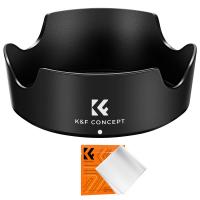
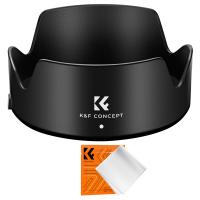
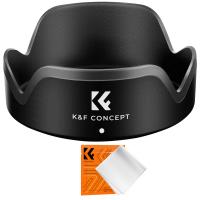
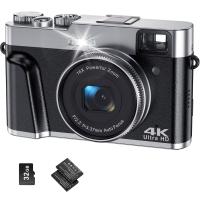
![4K Digital Camera for Photography & Video [Autofocus and Stabilisation] 48MP 16X Digital Zoom 3” 180° Flip Screen Vlog Camera with 32G SD Card, Flash 4K Digital Camera for Photography & Video [Autofocus and Stabilisation] 48MP 16X Digital Zoom 3” 180° Flip Screen Vlog Camera with 32G SD Card, Flash](https://img.kentfaith.com/cache/catalog/products/us/GW41.0065/GW41.0065-1-200x200.jpg)
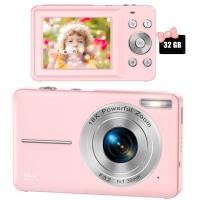
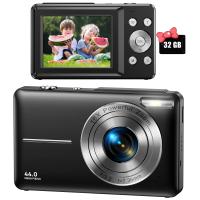
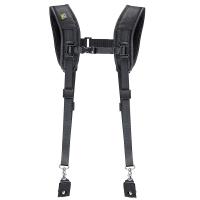
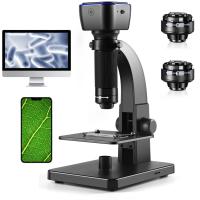
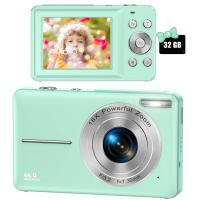
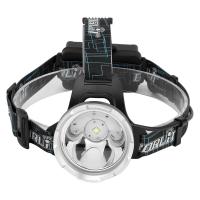








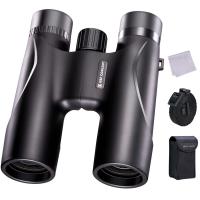
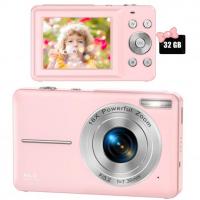

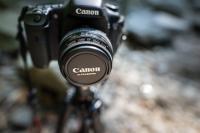

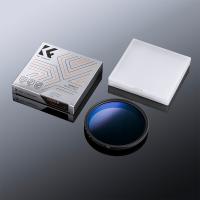
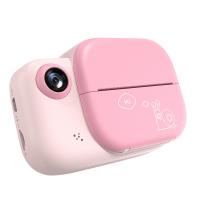


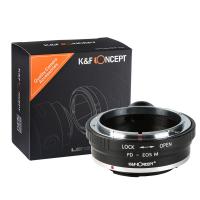
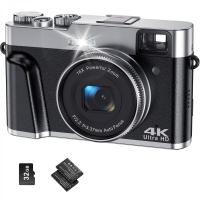
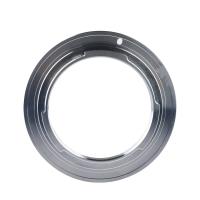
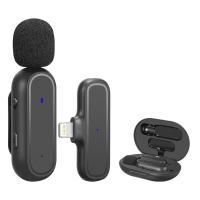

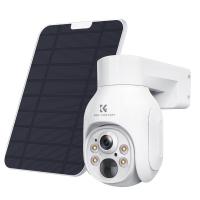

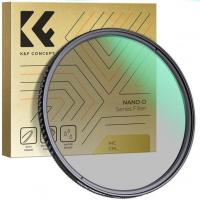
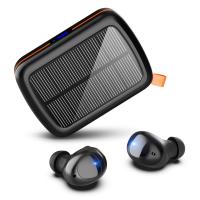

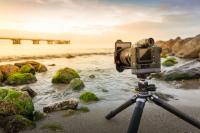
There are no comments for this blog.